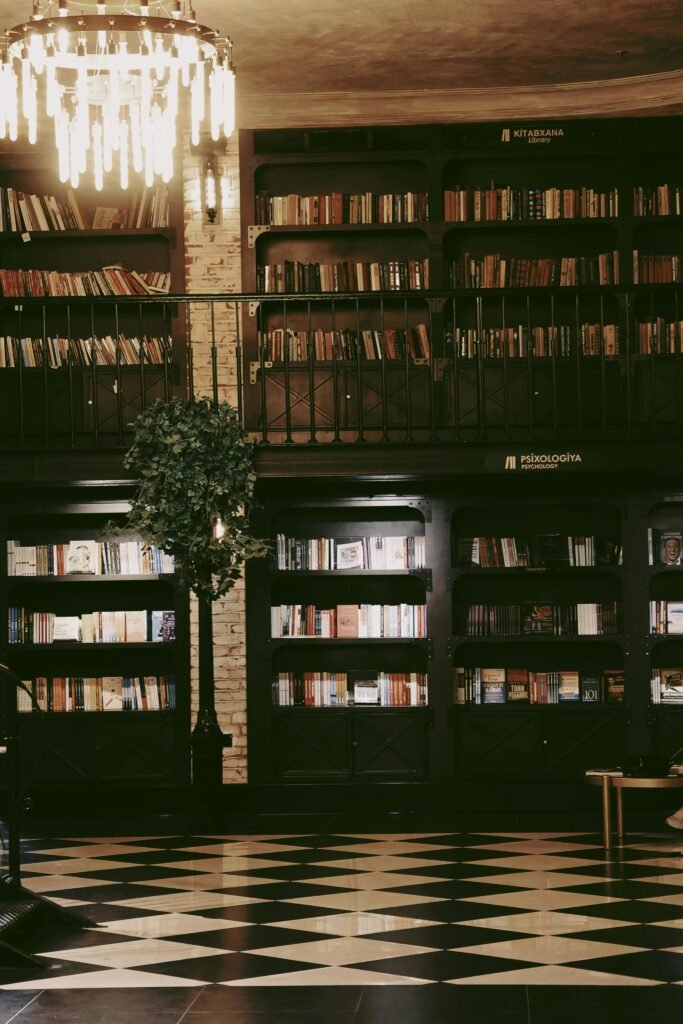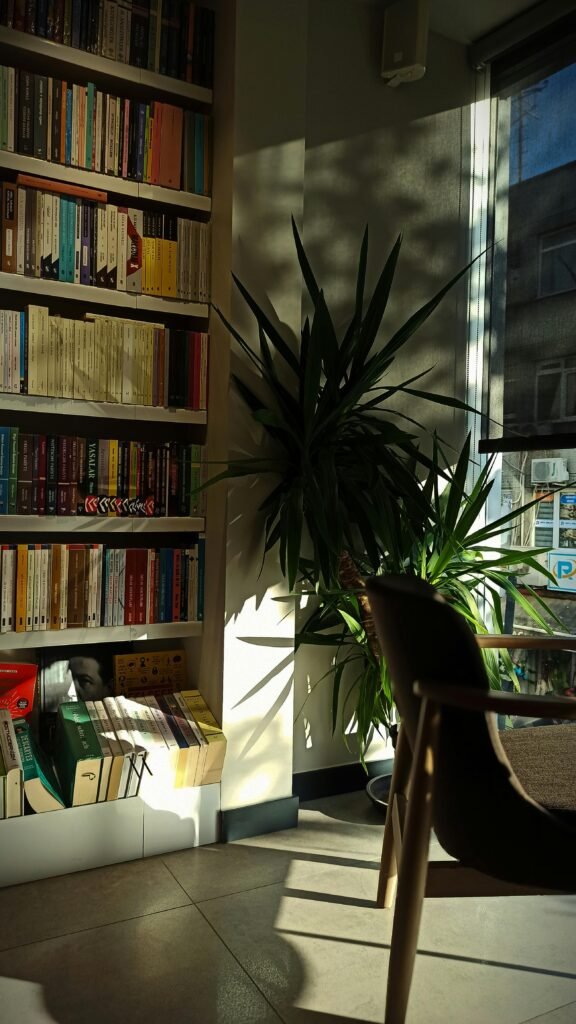In the world of interior design, two opposing styles have emerged as frontrunners for 2024: Maximalism and Minimalism. While both have loyal followers, they offer very different approaches to home decor. As homeowners in the USA continue to seek ways to express their personal style, the debate over Maximalism vs. Minimalism is hotter than ever.



This article will explore the key elements of both design styles, the differences between them, and how each can transform your living space. Whether you prefer a clutter-free environment or a bold, eclectic vibe, these trends will help you decide which interior design style best suits your home in 2024.
1. What is Minimalism?
Minimalism is a design philosophy rooted in the idea that “less is more.” It focuses on simplicity, clean lines, and functionality. In a minimalist home, you’ll find a limited color palette—often whites, neutrals, and earth tones—combined with sleek, modern furniture and uncluttered spaces. The goal is to create a peaceful, organized environment that promotes relaxation and clarity.
Key elements of Minimalism:
- Neutral color schemes: Think white walls, beige couches, and light wood furniture.
- Clutter-free spaces: Minimalism prioritizes organization, with everything having a place.
- Functional furniture: Each piece should serve a purpose, with clean, simple designs.
- Open floor plans: Minimalist spaces often feel open and airy, with minimal decoration and maximum function.
Minimalism’s popularity in the USA is often tied to the rise of small-space living in cities, where homeowners value the concept of making the most out of less. Additionally, minimalism’s clean, uncluttered look is appealing to those who desire a low-maintenance lifestyle.
2. What is Maximalism?
On the opposite end of the spectrum, Maximalism embraces the idea that “more is more.” This style is all about bold patterns, vibrant colors, and eclectic decor. Maximalists love to layer textures, patterns, and colors, creating a space that feels rich and dynamic. Unlike minimalism’s focus on restraint, maximalism encourages creativity and expression.
Key elements of Maximalism:
- Bold color palettes: Jewel tones, vibrant hues, and striking contrasts are common in maximalist decor.
- Layered textures and patterns: Don’t be afraid to mix velvet with silk or stripes with florals.
- Eclectic decor: A maximalist home might feature a gallery wall of art, unique furniture pieces, and decor from different cultures or periods.
- Personal expression: Maximalism is about showcasing your personality through your space—whether through collected art, vintage finds, or sentimental objects.
Maximalism is making a strong comeback in the USA as homeowners seek to create spaces that feel unique and personal, especially after spending more time indoors during the pandemic. Maximalism allows for self-expression and brings a sense of joy and vibrancy to any room.
3. Minimalism vs. Maximalism: Which is Right for You?
The decision between minimalism and maximalism comes down to personal preference and lifestyle. Here are a few factors to consider:
- Space: Minimalism tends to work well in smaller spaces or homes where you need to maximize functionality and simplicity. Maximalism, on the other hand, shines in larger rooms where there’s more space to experiment with bold choices.
- Personality: Are you someone who thrives in a calm, organized environment, or do you love being surrounded by vibrant colors and textures? Minimalists often prefer tranquility, while maximalists embrace the energy of a more dynamic space.
- Maintenance: Minimalist homes are easier to maintain since they focus on reducing clutter and keeping things streamlined. Maximalist spaces require more attention to keep clean and organized due to the larger number of decor items and layers.
- Creativity: If you love DIY projects and constantly reimagining your space, maximalism allows for more creativity and experimentation. Minimalism, while beautiful in its simplicity, might feel limiting for those who enjoy decorating frequently.
4. Combining Minimalism and Maximalism: The Best of Both Worlds
Can’t choose between the two styles? You’re not alone. Many designers are embracing a balanced approach, blending elements of minimalism and maximalism to create spaces that are functional yet full of personality.
For example:
- Use a minimalist color palette but incorporate maximalist art pieces to add visual interest.
- Keep furniture choices simple and functional while layering in bold textiles, throw pillows, or statement rugs.
- Embrace a clutter-free approach to furniture but decorate with curated, meaningful items that showcase your personality.
This hybrid style allows you to maintain the clean, open feel of minimalism while still enjoying the artistic freedom and personality of maximalism.
5. The Verdict: Which Will Dominate in 2024?
While Minimalism has been a dominant design trend over the past decade, 2024 is shaping up to be the year of Maximalism’s resurgence in the USA. After years of subdued, neutral spaces, homeowners are craving more creativity, color, and personality in their homes. The trend is particularly popular among younger generations who see maximalism as a way to express themselves through their living spaces.
That said, minimalism still holds strong appeal for those who prioritize simplicity and functionality, especially in smaller spaces or urban environments. In the end, both styles will continue to coexist, with homeowners picking and choosing elements that best suit their preferences and lifestyles.
Conclusion
Whether you’re drawn to the sleek, streamlined look of Minimalism or the bold, vibrant charm of Maximalism, 2024 is the perfect time to explore new design ideas for your home. By understanding the core principles of each style, you can create a living space that reflects your personality while staying on trend.
Ready to make your choice? Explore more interior design trends at interiorharbor.com and discover how to transform your home with modern decor that suits your style!